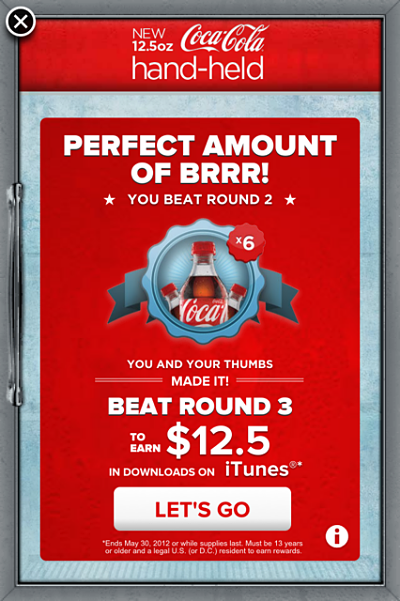Mobile In-Game Advertising Takes Off
Most people see the average gamer as someone who is in college, male, and has all the latest consoles and gadgets. However, upon further review, this is actually a false perception. In actuality, according to the Entertainment Software Association, the average gamer (68% male, 47% female) is 30 years old, has a college degree, and has been playing video games for 12 years. The average social network gamer is someone who earns around $50,000 a year and is around 30 years old. So you can see why mobile in-game advertising has become a very important part of mobile marketing.
Considering that social network gamers spent $24.7 billion on gaming equipment and software in 2011, there is clearly a lot of money to go around for marketers. If you are not putting aside a spot in your budget for mobile in-game advertising, you are missing out on that $24.7 billion. That number is actually bigger now since the mobile in-game advertising market is growing. It is only natural for you as a marketer to go where the masses are. Right now, the masses have mobile devices such as smartphones and tablets, and on those devices they are playing games such as Angry Birds, Temple Run, and Ruzzle to name a few. This is where mobile in-game advertising comes in. Because of the onslaught of people using mobile games, marketers have learned to adapt with product placement, advergames, billboards advertsing real brands within virtual worlds, mobile email, SMS, and push notifications.
Before diving into mobile in-game advertising, you need to be aware of two things. One, mobile devices hold a TON of potential when it comes to advertising, and two, today’s gamers are used to being bombarded by in-game advertising. This means you need to figure out the delicate balance between successfully marketing to people on mobile games, and overdoing it to the point where you are only hurting yourself and your brand.
Studies have shown that gamers are extremely fickle when it comes to advertisements. 61% of them prefer in-app advertising if the game is a free download. 39% would rather just pay for the game without advertisements. However, a whopping 72% of gamers actually prefer immersive ads and push notifications as opposed to banner ads.
Considering all of this, marketers need to be smart about when and how often they send out messages and pay attention to details such as mobile device type, location, and buying habits of the user in order to best take advantage of mobile in-game advertising. Ideally, your messages will have max relevance with max influence. You will also want to retarget messages that are not getting the response you want. Ari Brandt, CEO of MediaBrix, a social branding company, gave an example of how companies can leverage in-game advertising to their favor, “Imagine you’re playing a game, and you need a power-up. So a message pops up and says: ‘John, your power is low. Interact with this Coca-Cola ad and receive five free power-ups.'”

Brandt’s example highlights the importance of push notifications. Push originally started as a service to continuously update wireless email inboxes, but has since morphed into what we see on our mobile phones today. Push IO, one company that is using push, reported a 25% growth rate and now boasts over 6 billion push notifications sent to date. Other companies have also reported astound push numbers. Urban Airship, a push provider, reported over 10 billion notifications sent, and Apple’s Push Notification Service has reported an unparalleled 1.5 trillion push notifications sent. With such large amounts of push notifications being sent out, it is only natural to come to the conclusion that mobile gamers are not only receiving them, but they areresponding to them. You WILL NOT survive in today’s marketing environment if you just ignore push notifications and in-game advertising.
So we’ve already illustrated why mobile in-game advertising is important, but simply launching a campaign does not guarantee its success. You must be able to put together messages that provide value, are delivered at opportune times, and are delivered in the proper format. This will require real-time analysis of what’s working and what isn’t. Companies and brands can best do this by using targeting, retargeting, and A/B split testing techniques. (A/B split testing is sending out different versions of a message to see which gets the best response.)
Video games are fun, engaging and are a great way to reach and engage users and expose them to your brand. However, in the game of marketing, you do not get extra lives. Make sure that you and your company are taking full advantage of the opportunities that mobile in-game advertising offers and see your high score (ROI) blow through the roof of your previous record.
So come join the game and let’s play!





